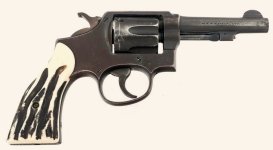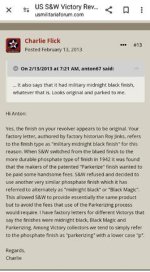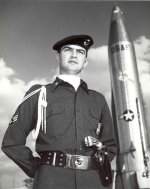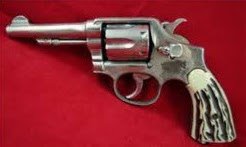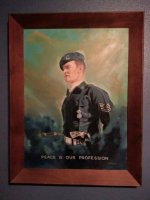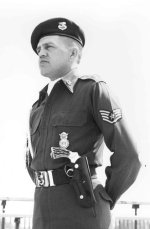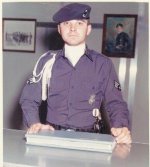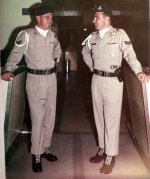I bought a very tired but solid 1942 era Victory from a local auction. The mechanics seem good, so I am going for a period color correct re-parkerization on it. There used to be a company in Knoxville, TN that I used and they were reasonable, but they are no longer in business...That was 20 years ago.
Any recommendations, that won't break the bank too badly? Anybody on here do that?
Any recommendations, that won't break the bank too badly? Anybody on here do that?

